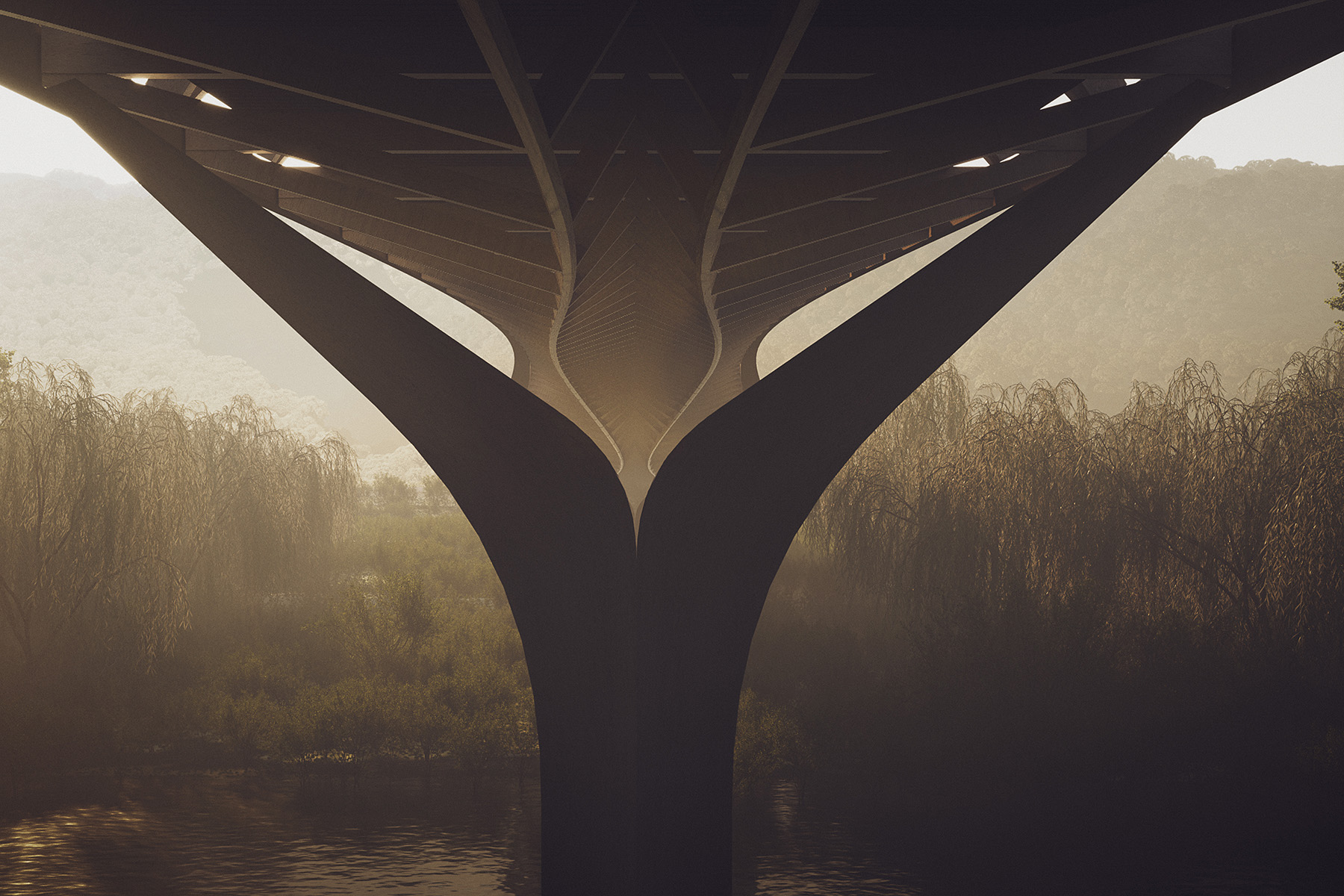
By Kayt Sukel
The Māori, the indigenous people of Aotearoa — also called New Zealand — have for centuries resided near the mouth of the Te Awa Kairangi, a vibrant river that flows southwest from the Tararua Range into Wellington Harbor. The river provided an ample source of both saltwater and freshwater fish, while the surrounding area, now known as Hutt City, offered abundant forest fruits and birds to feed local inhabitants.
As a result, Te Awa Kairangi’s proximity to Wellington, the country’s eventual capital city, along with its thriving natural ecosystem, made it a prime target for colonization.
Today, Lower Hutt, the southernmost part of Hutt City, is one of New Zealand’s most populous cities, boasting a diverse mix of people. As the city has grown, its leaders have worked to protect the river and surrounding areas as well as support the economy. Unfortunately, the Te Awa Kairangi has always been prone to the whims of Mother Nature. For centuries, it has been the site of recurrent flooding — and water management problems have only been exacerbated by climate change.
The Māori believe that everything in the world is connected, and people must embrace kaitiakitanga, or environmental stewardship, to protect natural spaces. Simultaneously, the city wants to find ways to revitalize a growing region while still building climate resilience.
Monk Mackenzie, an Auckland-based multidisciplinary design and architecture studio, kept these goals in mind when they proposed a new “gateway to the city” consisting of a sculpted timber truss bridge to link a linear park along the banks of the Te Awa Kairangi and a local train station. “It would be an elegant, sculptural, and timeless addition to the city and will help facilitate transport alternatives,” the designers explain.

Their proposed design for the multiuse bridge is reminiscent of the wings of birds, calling to mind the many species of native birds that make their home in this sacred estuary. Its designers refer to the proposal as “aspirational,” leveraging swooping timber spines to the deck that “(swell) out over each of the two piers,” creating an area where pedestrians and cyclists might contemplate and appreciate the majesty of this magnificent and culturally significant river, according to the firm.
The design concept — part of a proposed larger project to include the pedestrian bridge, two road bridges, the train station, and the park — was a 2025 finalist in Architizer’s A+Awards in the unbuilt transportation category. Monk Mackenzie worked in collaboration with AECOM (lead consultant), Novare (structural engineer), and Len Hetet (Māori artist).
Kayt Sukel is a science and technology writer based outside Houston.
This article first appeared in the September/October 2025 issue of Civil Engineering as “Bridge over Soothing Waters.”



